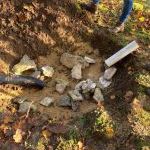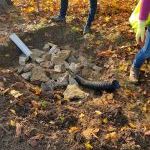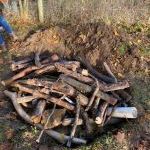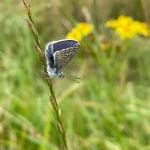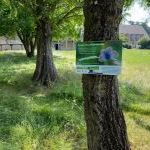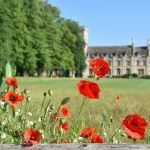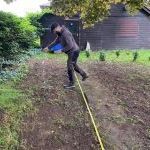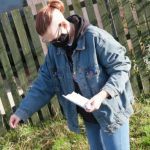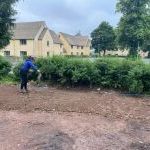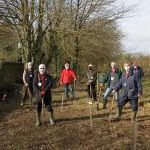Wild Campus Cirencester
Wild Campus Cirencester was established in 2020 as a partnership between the Royal Agricultural University, Cirencester College and Cirencester Deer Park School. The project is developing wildlife habitats across Cirencester's education quarter to connect wildlife populations, benefit protected species and invest in community, environment, wellbeing and prosperity.
The collaborative initiative focuses on almost 60 hectares of land occupied by the three educational establishments. It aims to make transformational changes to the area, developing habitats that connect wildlife populations, including rare bat species, birds, butterflies, bees, dragonflies, amphibians and reptiles.
Website
Useful links
Country
Media
* TOP TIP *
Set up your own wild campus by building insect hotels, putting up bird boxes and planting wildflower seeds'
How is the project linked to climate change and sustainability?
The viability of wildlife depends on the corridors of natural habitat that species travel along to forage, breed and migrate with seasonal changes. These are becoming increasingly scarce across the UK and as a result the wildlife that supports the pollination of our crops, the control of pests and our general wellbeing is vanishing. The collaborative initiative focuses on 144 acres of land occupied by the three educational establishments, which equates to approximately half the size of the town of Cirencester itself. It aims to make transformational changes to the area, developing habitats that connect wildlife populations, including rare bat species, birds, butterflies, bees, dragonflies, amphibians and reptiles.
Who is involved?
The Wild Campus Cirencester project seeks to bring about real change at a local level, engaging and educating university students, school pupils, staff at the three organisations and the local community in Cirencester.
How are the participants involved?
The project is working with young people, university students, academics, professional services staff, local community and conservation groups to establish diverse natural grasslands for butterflies and bee populations and dark travel corridors and roosting locations for foraging bats. Additional pond habitats will be created for amphibians and other invertebrates and woodland, hedgerows and shrub cover will be planted to provide food and cover for birds and mammals.
Cirencester College Environment club have begun preparing a strip of land on the college field for rewilding with native wildflowers. Land and Wildlife students began the project by strimming the area of the old plants and leaving the cut sections to loosen their seeds into the soil. The Environment Club students have also been busy litter picking and recycling. Grounds staff will be learning, alongside students, how to continue to manage and care for these habitats so they are sustainable and can contribute to our local economy. There will be opportunities for everyone to get involved with special educational events, talks and practical work. Collaborations with local businesses are also being explored; a glass of locally sourced camomile gin or a pot of lavender honey really brings wildlife that little bit closer to our daily lives.
Key targets
These are the key targets that the project is initiating from 2020 – 2023
1. Engage with young people, university students, academics, professional services staff, local community, businesses and conservation groups
2. Promote biodiversity on the campuses by establishing, improving and sustaining habitats and wildlife corridors
3. Provide a green environment for students and staff creating new outdoor spaces and enabling them to connect to nature, boost their well-being and encourage them to explore the countryside and parkland.
4. Provide placement, project and enrichment activities for students and staff and showcase the environmental provision
5. Reinforce and promote the reputation of the colleges and university as a great place to study and establish the campuses as a natural asset in the area.
6. Practically plant 1km² of native shrubs, seed 3km² of wild flowers, enrich 4 ha of lawn and install 150 bird and bat boxes

